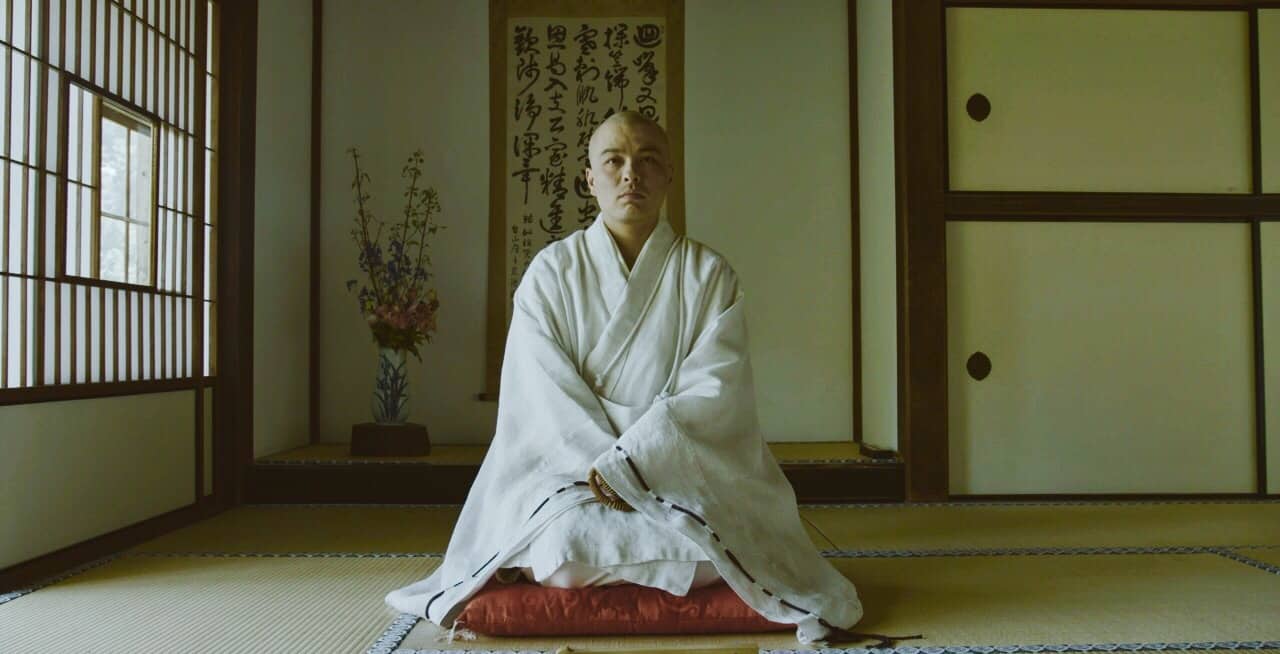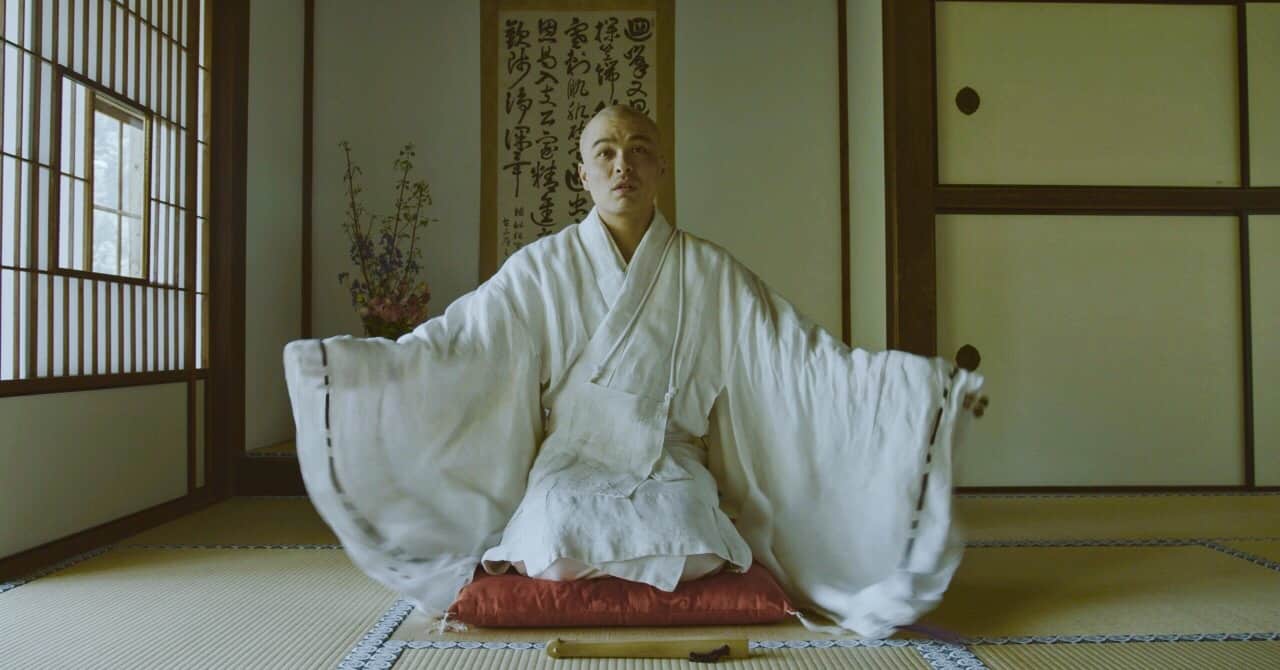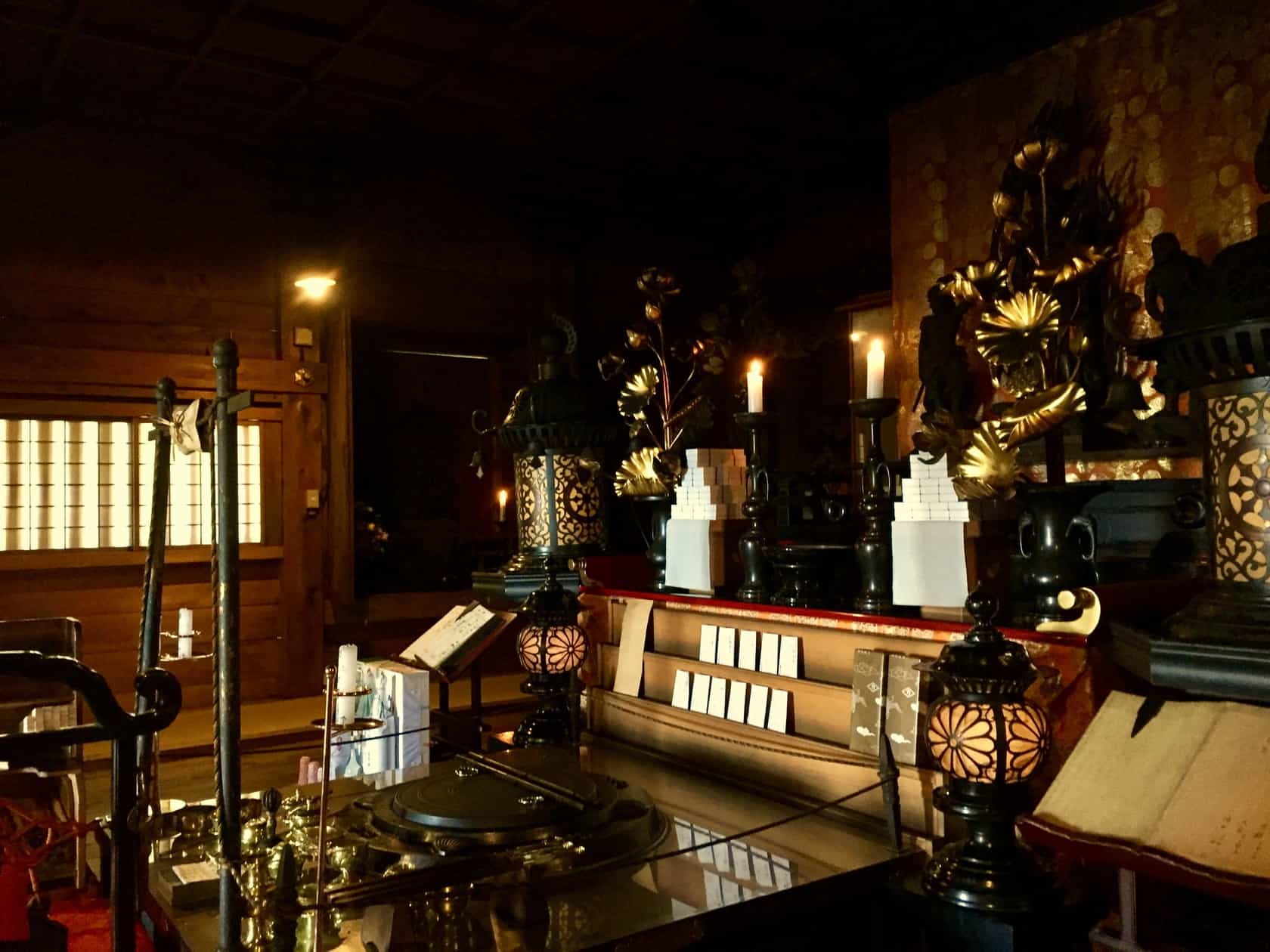“No,” the monk said in Japanese. “This is not something that we can be part of. Thank you for coming.”
My translator repeated these words to me with evident shock. I was sitting on a small cushion, uncomfortably jet-lagged. I had just flown from New York City to Japan, traveling by car to Japan’s holiest peak Mount Hiei in order to meet with the Sennichi Kaihogyo – the “Marathon Monks.” I had come to discuss their participation in my current film, a character-driven exploration of the spiritual roots of running (in post-production now).
I sat facing the Ajari, a monk who had previously completed a death-defying 7-year trek through the forests of Mt. Hiei. With no indecision in his voice or demeanor, he had just bid me farewell after having warmly welcomed me a mere 10 minutes earlier.
The Ajari had initially offered the translator and I hot tea and requested that I pitch him my specific idea. Having spent time in both boardrooms and monasteries, I tried my best to be both humble and inspiring as the Ajari sat listening stoically.

“The Marathon Monks will be a part of a film that includes some of the oldest running cultures in the world – the Bushmen of the Kalahari and Native Americans,” I said. “We will follow the current marathon monk who has embarked on the 7-year run, sometimes running 70 miles a day – under the scepter of death.”
Each aspirant takes an oath that if he fails to meet his daily mileage, he would end his own life.
“We will balance this spiritual commitment with the physicality of this quest,” I continued. “The whole film will be based on the Self-Transcendence 3100 Mile Race, a looped-run which draws a cross-section of spiritually-inclined ultra distance runners from around the world. The film will reach millions of people worldwide with the message of the Marathon Monks,” I boasted.
As I wrapped up, noting the delight in the faces of other monk present, the Ajari nodded seemingly affirmatively only to utter the words that began this article. As my translator stood up and bid a hasty retreat from the room, I remained frozen in disbelief. I stammered, perhaps irreverently, that I wished to know what the Ajari didn’t appreciate about my pitch – that I was hoping to have a discussion rather than just throw an idea at him.

“Everything that you have said about us is wrong,” the Ajari said. The other monk stared at the ground.
“We do not run,” the Ajari said. “We walk. And although we make a commitment to self-sacrifice, this does not drive us. We do not focus on austerity or mileage but on inner peace.”
As I stood up sheepishly, I pulled out of my messenger bag perhaps the only English language book dedicated to their trek. Recognizing the photo of the monk on the cover, the Ajari requested I show the book to him. As he reviewed the book upon which I based my entire presentation, he told my translator that everything in that book was diametrically incorrect.
“And,” the Ajari added emphatically, “we hate being called the ‘Marathon Monks.’”
I put the book back in my back, bowed and was about to bid him farewell when he added with a glimmer in his eye, “That’s the first thing you’ll have to address if you make a film about us.”
The other monk looked up from his feet, mouth agape. The Ajari had given me an opening.


The Meeting the Monks of Mount Hiei essay will be published in 3 Chapters. This is Part #1
